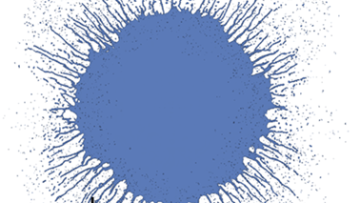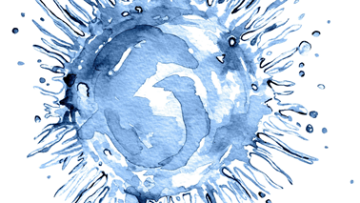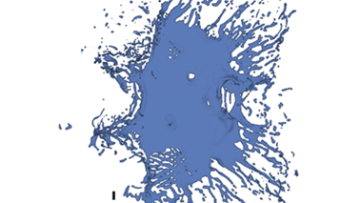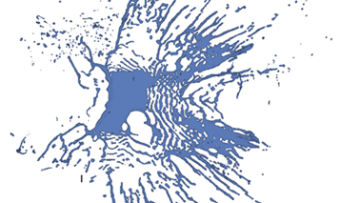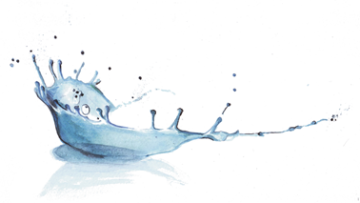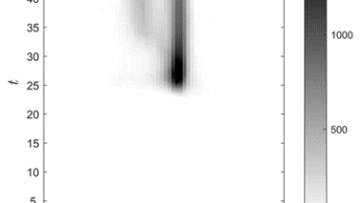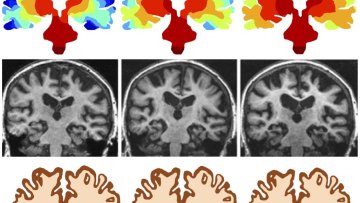As you settle into your seat for a flight to a holiday destination or as part of yet another business trip, it is very easy to become absorbed by the glossy magazines or the novel you've been waiting forever to start reading. Understandably, the phrase "safety features on board this aircraft" triggers a rather unenthusiastic response. But you may be surprised by some of the incredible technology just a few feet away that is there to make sure everything goes smoothly.



